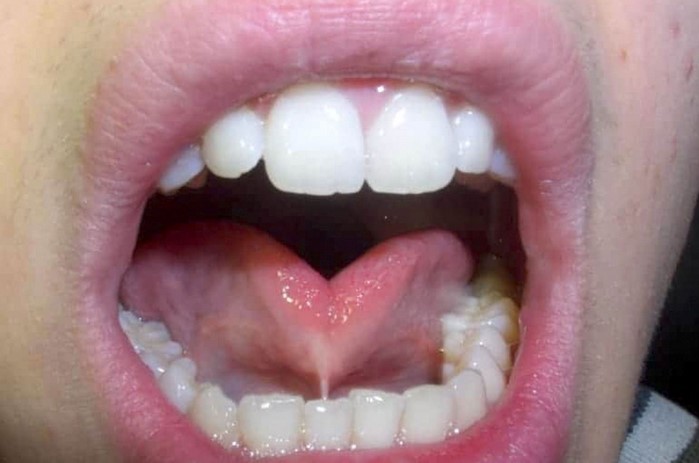
upper lip tie, also known as labial frenulum, is a condition in which the tissue connecting the upper lip to the gum is too tight. This can cause a variety of issues, including difficulty breastfeeding, speech impediments, and dental problems. It is important to understand the causes and symptoms of upper lip tie in order to properly address it. With the right treatment, upper lip tie can be managed and the associated problems can be alleviated. This article will provide an overview of upper lip tie, its causes, symptoms, and treatment options.
What is Upper Lip Tie and How Can It Impact Oral Health?
upper lip tie, also known as labial frenulum, is a condition in which the tissue connecting the upper lip to the gum is too tight or thick. This can cause difficulty with breastfeeding, as well as other oral health issues.
The most common symptom of upper lip tie is difficulty with breastfeeding. The tightness of the tissue can make it difficult for the baby to latch on properly, leading to poor milk transfer and inadequate nutrition. Other symptoms include clicking or smacking noises during breastfeeding, poor weight gain, and excessive gassiness.
upper lip tie can also lead to other oral health issues. The tightness of the tissue can cause the upper lip to be pulled down, leading to an open bite. This can cause difficulty with speech and eating, as well as an increased risk of cavities. Additionally, the tightness of the tissue can cause the upper teeth to be pushed forward, leading to an overbite.
Treatment for upper lip tie typically involves a procedure known as a frenectomy. During this procedure, the tissue connecting the upper lip to the gum is cut, allowing for more movement of the upper lip. This can help improve breastfeeding, as well as reduce the risk of other oral health issues.
In conclusion, upper lip tie is a condition in which the tissue connecting the upper lip to the gum is too tight or thick. This can lead to difficulty with breastfeeding, as well as other oral health issues. Treatment typically involves a procedure known as a frenectomy, which can help improve breastfeeding and reduce the risk of other oral health issues.
Exploring the Causes and Treatments of Upper Lip Tie in Children and Adults
upper lip tie, also known as labial frenulum, is a condition in which the tissue connecting the upper lip to the gum is too tight. This condition can affect both children and adults, and can cause a variety of issues, including difficulty breastfeeding, speech impediments, and dental problems. In this article, we will explore the causes and treatments of upper lip tie in both children and adults.
Causes
The exact cause of upper lip tie is unknown, but it is believed to be a congenital condition, meaning it is present at birth. It is thought to be caused by a combination of genetic and environmental factors. In some cases, it may be caused by a traumatic birth or a difficult delivery.
Treatments
The treatment for upper lip tie depends on the severity of the condition and the age of the patient. In children, the condition is usually treated with a procedure called a frenectomy. This procedure involves cutting the frenulum to release the tension and allow the lip to move freely. In adults, the procedure is more complicated and may involve laser surgery or a more invasive procedure.
In addition to the surgical treatments, there are also non-surgical treatments available. These include speech therapy, orthodontic treatment, and exercises to help strengthen the muscles of the lip.
Conclusion
upper lip tie is a condition that can affect both children and adults. While the exact cause is unknown, it is believed to be a congenital condition. Treatment for upper lip tie depends on the severity of the condition and the age of the patient, and can include both surgical and non-surgical treatments. If you or your child are experiencing any of the symptoms associated with upper lip tie, it is important to speak to your doctor or dentist to determine the best course of action.
Conclusion
upper lip tie is a condition that can have a significant impact on a person’s oral health and overall wellbeing. It is important to understand the signs and symptoms of upper lip tie, as well as the potential treatments available. With proper diagnosis and treatment, upper lip tie can be managed and the individual can enjoy improved oral health and quality of life.